CISSP Certification Training in Noida
 Read Reviews
Read Reviews
In this course, students will expand upon their knowledge by addressing the essential elements of the 8 domains that comprise a Common Body of Knowledge (CBK)® for information systems security professionals.
Learn CISSP with the new syllabus of 2024



 5th Sep: Weekend
5th Sep: Weekend 

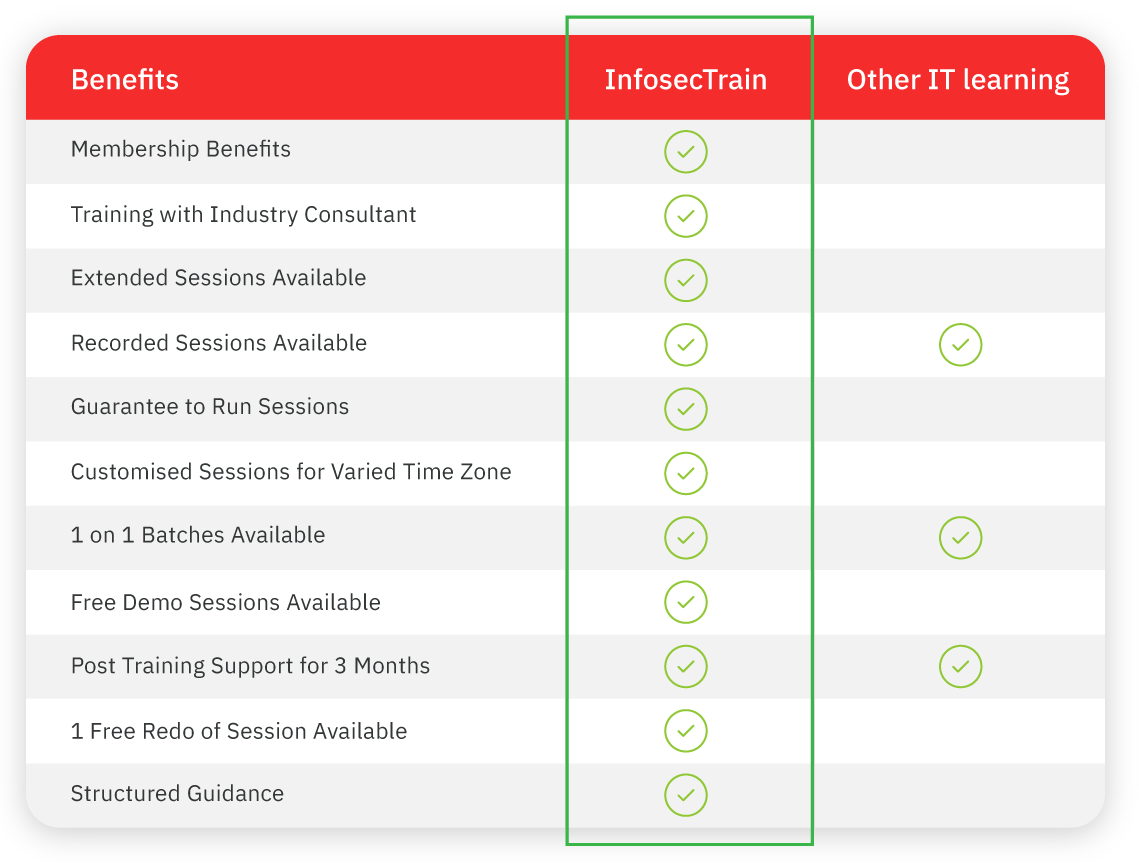


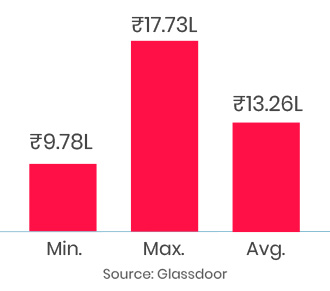

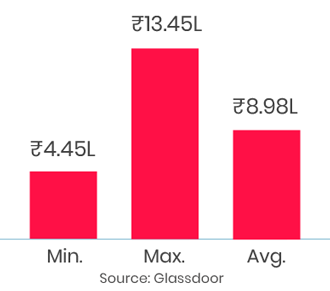
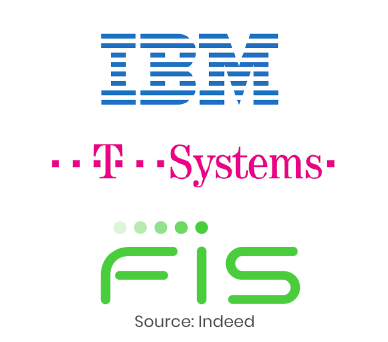
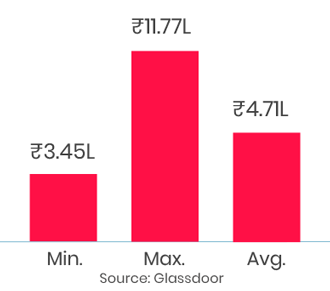
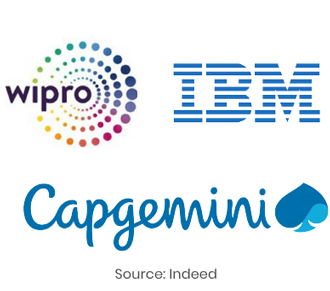
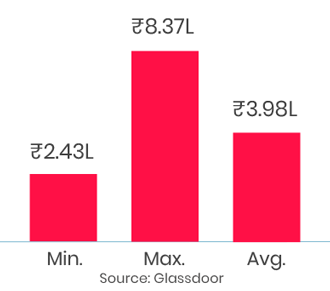
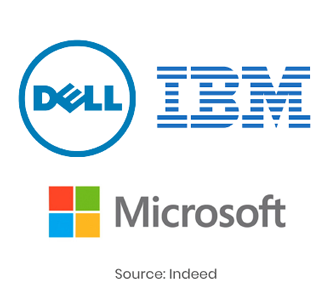


 I had the opportunity to take up my journey of becoming CISSP with infosectrain. Our instructor was a well-known Cybersecurity expert and a multi-talent information security architect. Today, I could crack the world's most challenging exam, i.e., the CISSP test, with his help and d
I had the opportunity to take up my journey of becoming CISSP with infosectrain. Our instructor was a well-known Cybersecurity expert and a multi-talent information security architect. Today, I could crack the world's most challenging exam, i.e., the CISSP test, with his help and d






 1800-843-7890 (India)
1800-843-7890 (India) 
